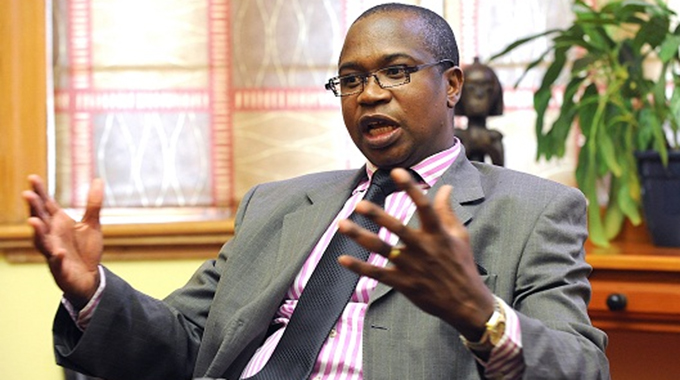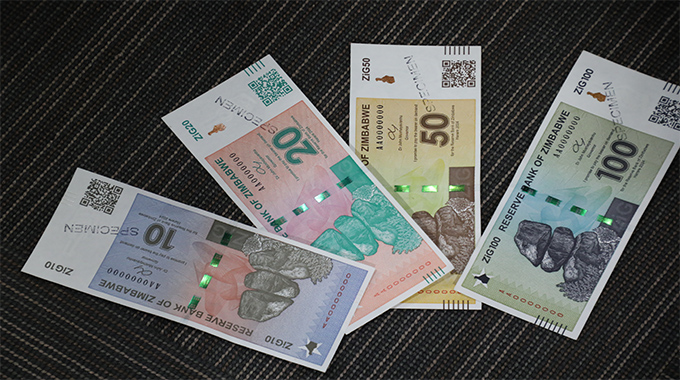‘2 cents tax to yield $600m by year end’

Business Reporter
TREASURY expects to collect at least US$600 million through the two percent tax that Government imposed on all electronic transactions late last year.
In the latest progress report on the implementation of policy reforms under the Transitional Stabilisation Programme (TSP), the Minister of Finance and Economic Development, Professor Mthuli Ncube, said the new tax was proving to be an effective revenue stream for the fiscus.
“Already, US$52,5 was raised in November and US$103,8 in December 2018 giving a total of US$166,2 million for 2018.
“By January 2019, the Electronic Transactions Tax raised US$98,5 million and it is anticipated that US$600 million will be raised during 2019,” he said.
Government last October introduced the two cents tax per every dollar transacted as part of measures to widen the revenue base.
The new tax replaced the previous tax of five cents per transaction. Prof Ncube has said the bulk of the revenue from this tax head was being used to finance critical infrastructure projects such as roads.
To improve on revenue administration, Government has also appointed a new Zimra board led by renowned industrialist, Callisto Jokonya, which is expected to spearhead the recovery of outstanding debts estimated at above $4 billion and other strategic interventions to improve efficiency of the authority.
Owing to enhanced expenditure management and revenue enhancing measures, the report shows that monthly budget deficits for Government declined from US$651,2 million in August 2018 to US$39,8 million in September and US$242,1 million in November. Indications point to a surplus of US$732,7 million in December 2018.
“With regards to January 2019 preliminary figures, revenue of US$508,5 million was realised against disbursements or commitments of US$395,5 million, indicating a surplus of about US$113 million,” said Prof Ncube.
He said Government was forging ahead with implementation of fiscal and monetary reforms to consolidate gains achieved so far.
This includes taming distortions that promoted the parallel market to thrive leading to run away exchange rate premiums of as high as US$1:4 bond note and even higher in some cases, which in turn pushed up prices beyond the reach of the majority.
“The New Monetary Policy, therefore, sets a robust market based framework for determination of the exchange rate, that way, facilitating financial sector stability, containment of inflationary pressures and building of confidence,” said the minister.








Comments